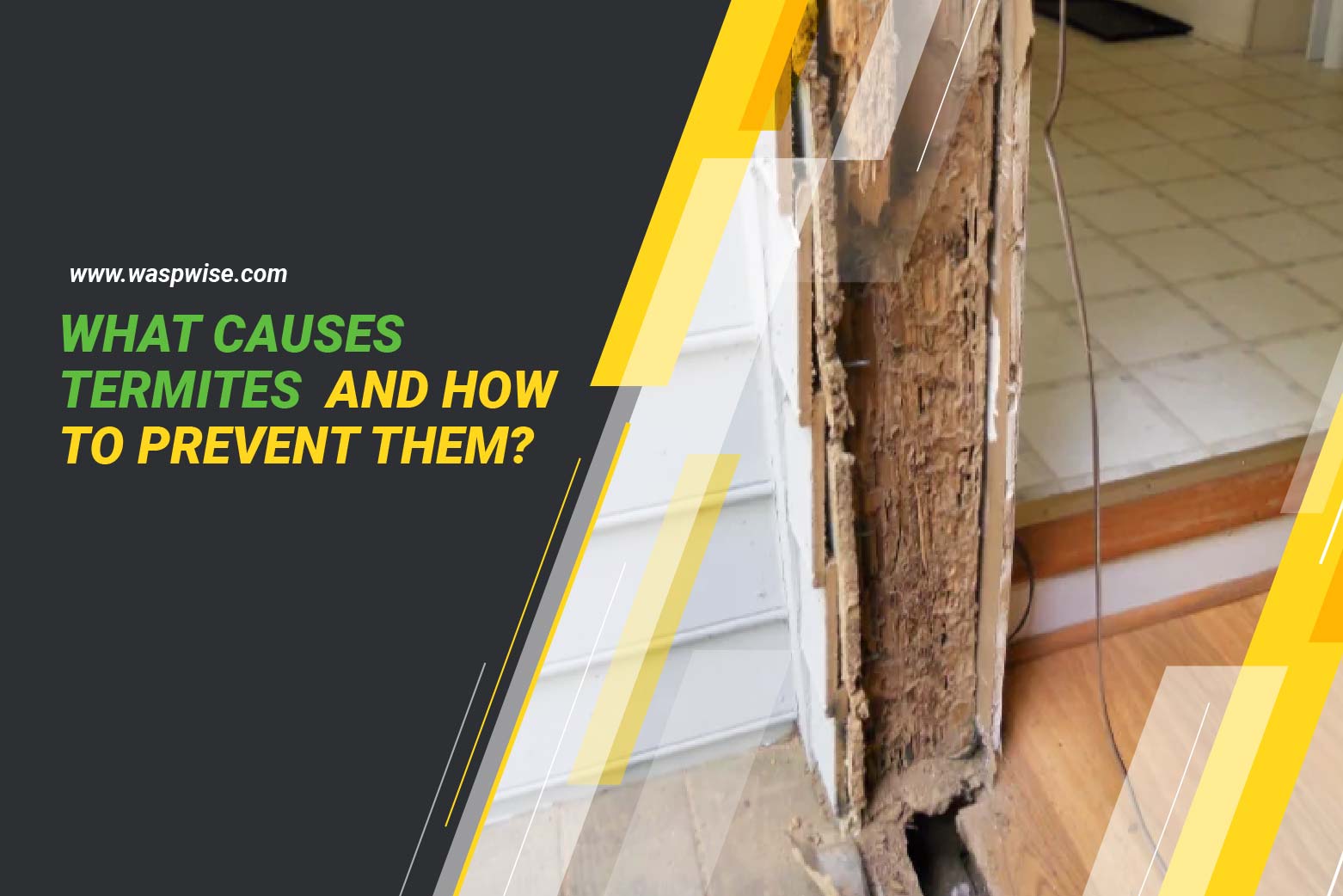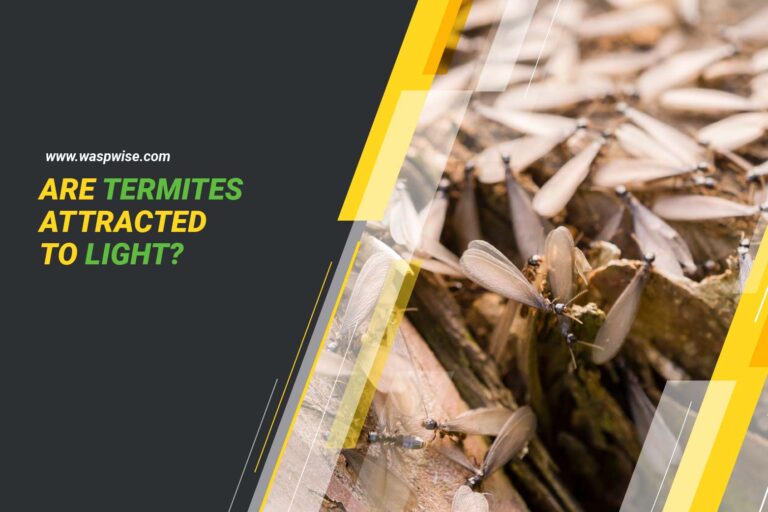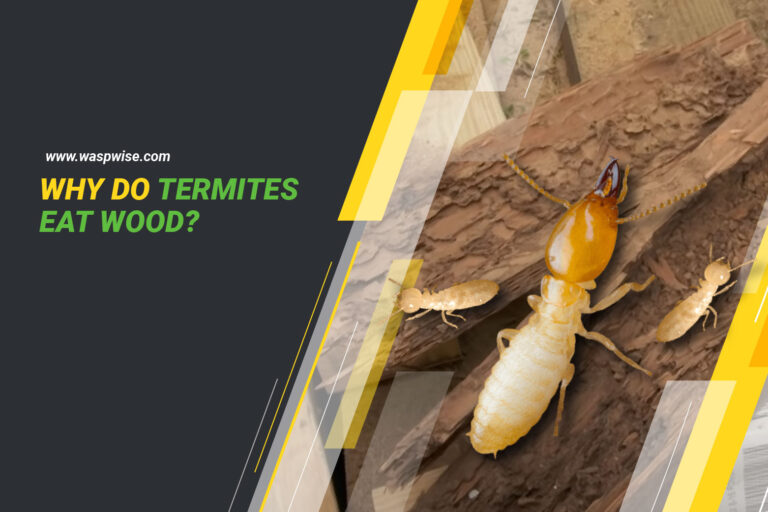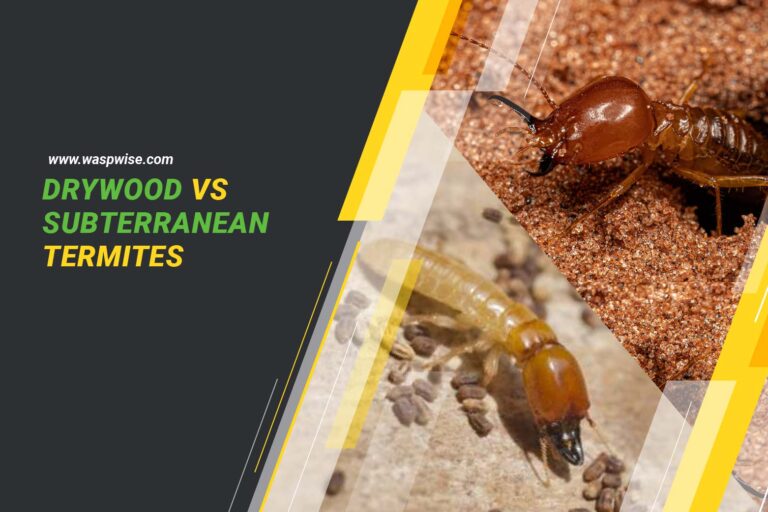FROM MOISTURE TO WOOD DECAY: WHAT CAUSES TERMITES AND HOW TO PREVENT THEM
Termites are small, social insects that belong to the order Isoptera. They are known for their ability to break down cellulose-based materials, such as wood, and convert them into food for their colony. Termites are found in every continent except Antarctica and play an essential role in breaking down dead plant material in forests and other natural habitats.
There are over 2,000 species of termites worldwide, but only a few cause significant damage to homes. The most common types of termites that infest homes in the United States are subterranean termites, drywood termites, and dampwood termites.
BIOLOGY AND BEHAVIOR OF TERMITES
Anatomy and Life Cycle of Termites
Termites’ unique anatomy and life cycle allow them to live and work together in large colonies. Each termite has a head, thorax, and abdomen, and their bodies are covered in a hard exoskeleton that protects them from predators. Termites also have specialized mouthparts that allow them to break down cellulose-based materials.
The termite life cycle includes the egg, nymph, and adult stages. Termite eggs hatch into nymphs, which develop into either workers, soldiers, or reproductive termites, depending on the needs of the colony.
Termite Castes and Their Roles
Termite colonies are divided into castes, each with a specific role to play in the colony’s survival. The worker termites are responsible for gathering food, building and maintaining the nest, and caring for the young. The soldier termites defend the colony from predators, while the reproductive termites are responsible for mating and producing offspring.
Termite Feeding Habits
Termites feed on wood, paper, and other cellulose-based materials. They break down these materials using enzymes produced by their gut bacteria. Termites are also attracted to moisture and will seek out damp wood or areas with high humidity.
Termite Colonies and Communication
Termites live in large colonies that can contain thousands or even millions of individuals. They communicate with each other using chemical signals and pheromones, which allow them to work together effectively and defend their colony from predators.
ENVIRONMENTAL FACTORS THAT CONTRIBUTE TO TERMITE INFESTATION
Termites are highly dependent on their environment to survive and thrive. While they can invade almost any structure, certain environmental factors can make a property more attractive to them. Understanding these factors can help homeowners take preventative measures and reduce the risk of termite infestation.
Moisture and Humidity
Termites need moisture to survive and thrive, which is why they are often found in damp or humid environments. Homeowners should ensure that there are no water leaks or areas of standing water around their property and that gutters and downspouts are functioning properly to direct water away from the home’s foundation.
Soil Conditions
The type and condition of the soil around a property can also play a role in attracting termites. Termites are attracted to moist soil, so homes built on soil with poor drainage or that are prone to flooding are at higher risk of infestation. Additionally, homes built on soil with a high clay content are more attractive to subterranean termites.
Vegetation and Landscaping
Termites are attracted to certain types of vegetation and landscaping features. Trees, shrubs, and other types of vegetation that are in close proximity to a home can provide a bridge for termites to enter the structure. Mulch and other landscaping materials can also provide a source of moisture and a hiding place for termites.
Weather Conditions
While termites are active year-round in some parts of the country, they are more likely to be active during certain seasons. In warmer and wetter seasons, termites are more active and likely to search for new food sources. Homeowners should be particularly vigilant during these seasons and take steps to prevent termite activity.
COMMON CAUSES OF TERMITE INFESTATION IN HOMES
Termites can easily find their way into homes if the conditions are right. Here are some of the most common causes of termite infestation in homes:
Wood-to-Ground Contact
When wood comes into contact with soil, it creates a pathway for termites to enter your home. Ensure that wooden structures, such as decks or porches, are built on concrete or metal supports, not directly on the ground.
Cracks and Holes in the Foundation
Termites can enter homes through small cracks and holes in the foundation. Sealing any openings in the foundation and walls is important to prevent termites from gaining entry.
Improper Drainage and Water Leaks
Termites are attracted to moist environments, so it’s important to fix any water leaks in your home and ensure that your gutters are functioning properly. Standing water around your home can also attract termites, so make sure to address any drainage issues.
Wood and Cellulose-Based Materials in the Home
Termites are attracted to wood and other cellulose-based materials, such as paper and cardboard. Keep firewood and other wooden materials away from your home, and remove any dead trees or stumps from your property. Additionally, it’s important to properly dispose of any mulch around your home, as it can be a food source for termites.
SIGNS OF TERMITE INFESTATION
It’s important to be aware of the signs of termite infestation so that you can take action before serious damage occurs. Here are some of the most common signs of termite infestation:
Visual Signs of Damage
Termites can cause damage to wooden structures, including floors, walls, and furniture. Look for sagging floors, hollow-sounding wood, and buckling paint or wallpaper as potential indicators of termite activity.
Audible Indicators of Infestation
Termites are noisy insects, and you may be able to hear them if you listen closely. If you hear a clicking or rustling sound coming from your walls or floors, it could be a sign of termite activity.
Detection by Smell
Some people report a musty or mildew-like odor in areas where termites are present. If you notice an unusual smell in your home, it’s worth investigating further.
Other Indicators of Infestation
Other signs of termite infestation include mud tubes, which termites use to travel between their colony and their food source, and discarded wings from swarming termites.
PREVENTION AND TREATMENT OF TERMITE INFESTATION
Prevention is key when it comes to termite control. Here are some measures you can take to reduce your risk of termite infestation:
Prevention Measures
- Keep wood and other cellulose-based materials away from the foundation of your home.
- Remove any dead trees or stumps from your yard.
- Avoid using mulch around your home, as it can attract termites.
- Fix any leaky pipes or faucets to reduce moisture in your home.
- Keep gutters and downspouts clean to prevent water from pooling near your home.
- Ventilate crawl spaces to reduce moisture.
DIY Treatment Options
If you have a small infestation, you may be able to treat it yourself using DIY methods. Some popular options include:
- Applying boric acid to wooden surfaces
- Setting up bait stations with slow-acting toxins
- Using nematodes (microscopic worms) to attack termite colonies
Professional Termite Control Services
For more serious infestations, it’s best to hire a professional pest control company. They will be able to assess the extent of the infestation and recommend the most effective treatment options, which may include:
- Liquid termiticides applied around the perimeter of your home
- Fumigation of your entire home
- Heat treatment to kill termites in specific areas
Long-Term Maintenance and Prevention
Once the infestation has been treated, it’s important to take steps to prevent future infestations. This includes:
- Regular termite inspections
- Fixing any cracks or holes in your foundation
- Keeping wooden structures well-maintained
- Avoiding moisture buildup around your home
CONCLUSION
Termites are serious pest that can cause significant damage to your home. By understanding what causes termites and taking steps to prevent infestations, you can protect your home and your family. Regular termite inspections and prompt treatment of any infestations are key to maintaining a termite-free home.







